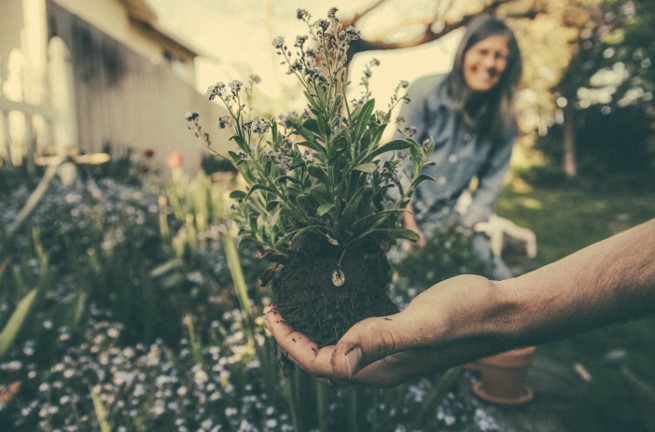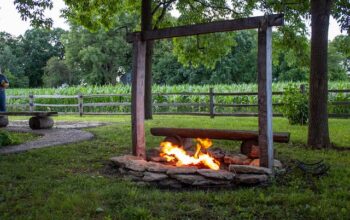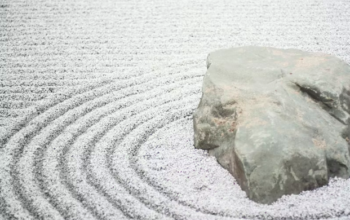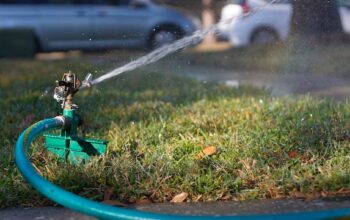From novice to expert, there are certain tips you must abide by to yield a fruitful and blossoming garden. Gardening is a great pastime and activity that gives you a sense of accomplishment like no other. You get to see your hard work literally grow and bloom before your eyes.
There are a lot of tips floating around out there that people may not realize are imperative and fundamental to cultivating a thriving garden, and that’s exactly what we are going to take a look at.
- It’s All About the Location
Starting a garden off on the right foot begins with siting your garden in the perfect location. To do this, you need to determine if your plant is a shade plant or one that needs to bask in the sunlight. This factors into where your plant will eventually set up home. Experts, namely the Micro Gardener, has a solution for your problems. Plant now and ask questions later by utilizing planters with wheels in case any adjustments need to be made in the future.
Paying attention to where the sunlight hits and the different amount of sun will lead you to the ideal setup of your garden.
One more thing to be sure of is the water source. Are you close enough to a spigot to run your hose from and water your entire garden?
How do you know if your plants require more water? If it’s dry an inch deep into the soil, then it’s time to pull out the hose!
- Plan Your Sprinkler Setup
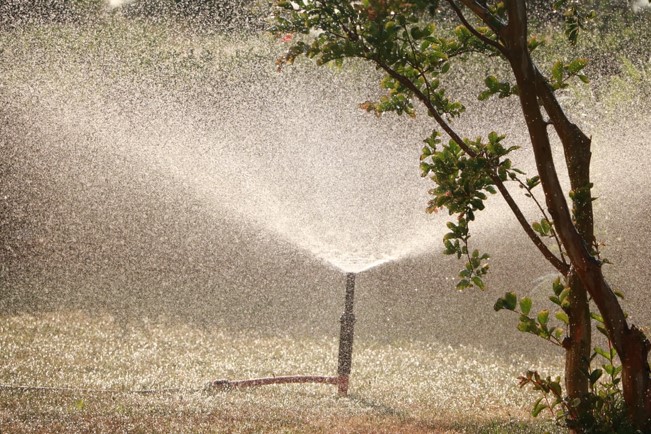
Speaking of the water source, one of the most important things to do is to plan your sprinkler setup. After you have located the water supply in the above step, you can go ahead and note down your home’s flow rate and water pressure. This will help determine the type of sprinkler head you will be using. Lower than 40 pounds per square inch can limit your options, but a water pressure that’s too high can cause issues too.
Try to make sure you can cover your entire garden and start with the sprinkler system first rather than the drip system. As very well put by Home Tips, there is a wide variety of sprinkler heads with different patterns and ranges that will help you navigate and plan your garden easily.
They also very eloquently put that the more nozzles you install for coverage, the more circuitry and cost it you will incur. The best is to find nozzle heads with the most coverage and design a plan based around that.
- The Soil
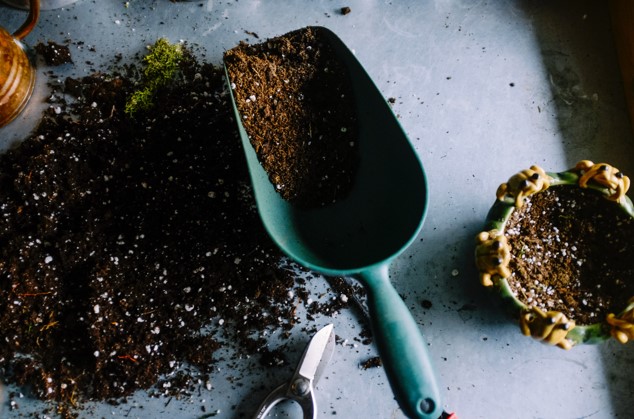
What is a good garden without the proper foundation? Well-drained and nutrient-rich soil is worth the investment. It is what will yield you a flourishing garden whether you plan to plant edible food or just vibrant flowers.
Never underestimate the importance and the benefits compost can bring. Supplement the soil with proper amounts of compost including manure or peat moss. Don’t overdo it though!
- Containers are Your Friends
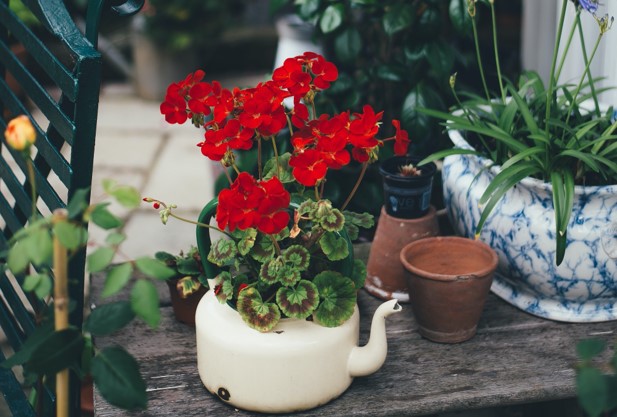
You may have dreamed of a garden with layered flowerbeds and threes that reach the sky, but when space is limited, your dream seems almost unreachable. But they are not. Enter containers, who could be your best friend and lifesaver in this circumstance. Whoever said you couldn’t have a beautiful and prospering garden in containers? They also allow you to customize the heights, and move them around when the occasion calls for it.
You can also get creative with the pots and they are much easier to manage.
- Your Choices in Plants Matter
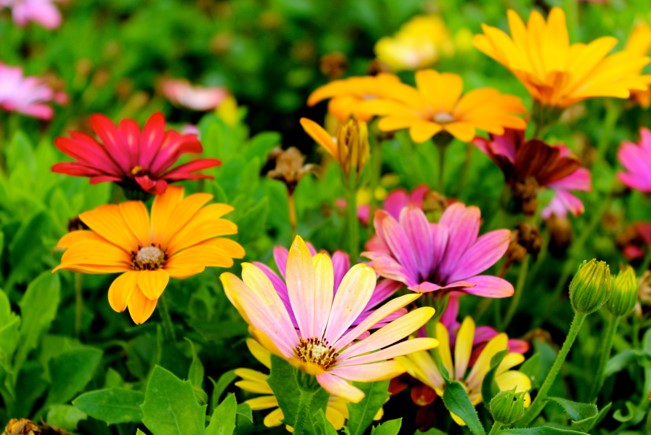
Unfortunately, you cannot just grow any flora you see fit, it depends on the weather conditions in your particular area (and that’s what greenhouses are for). You can take a peek over your neighbor’s fence to see what works for him or her and take inspiration from there. It takes some research to determine what works and what won’t.
Even after you have decided on the plants, where they set up camp will take more time to figure out as well. You won’t need to possess a green thumb or two to grow something beautiful. Here is a list of easy plants to grow no matter your level of expertise.
- ZZ plants – These work great indoors and in your office due to their low maintenance requirement. They have excellent water storage capabilities and can last for months without water (but don’t test them).
- Aloe vera – Aloe vera is used in many ointments and concoctions we use nowadays, and they are very resilient plants. I mean, you have to be to survive in desert weather, right?
- Cacti – Which brings us to our next desert plant – cacti! They come in all shapes and sizes and some even colored! These hardy plants also flourish in the desert and can also survive for long stretches without water. In fact, one of the most common causes of death in cactus plants is overwatering.
Conclusion
Caring for plants is much like caring for your pets and family members. Make sure they have a good home environment (soil), get plenty of exercise (sunlight), eat well (compost, plant food and water), and are protected (pruning and weeding). It takes a bit of planning before you can see any results from your prized garden, but that’s not to say the hard work isn’t worth it in the end. If you follow these basic tips and then some, we are sure you will be happy with the results you see.
Related Posts

Loves home. I am here to provide how to make your home a much better place. 🙂 Blogging about HomeDecor, Home Improvements and more.
